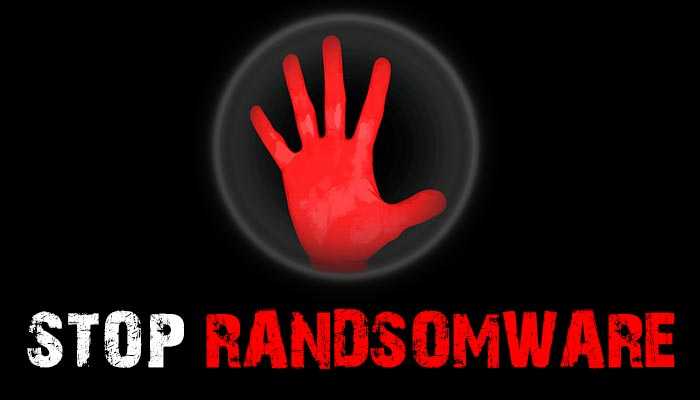Lincolnshire County Council have this week had to close down their computer systems entirely for a total of four days after a ransomware attack demanding payment of £1 million. Ransomware, as we discussed in this very blog just over a month ago, is a particularly nasty type of malware which encrypts data on a computer or network and demands a ransom be paid by the victim for its release back to them.
This especially damaging and potentially expensive such attack on Lincolnshire County Council then, only serves to further exemplify just how dangerous and unpleasant ransomware truly is. Whilst it may be too late for that particular local authority therefore, who are still currently scrambling to recover from their attack, it is not too late for you to learn about how you can protect your business from this increasingly popular breed of malware.
Preventing Ransomware Attacks
As is so often the case in the realm of cyber security, prevention of a ransomware attack is much easier to manage than recovery from one once it has hit. It is crucial therefore, to ensure that your business takes all steps possible to prevent such attacks, and fortunately there are a good number of simple and straightforward things which you and your staff can do.
Firstly, it should be your default policy not to open attachments or to click or links sent to you via email unless you are definitively expecting such an email and know exactly what the link or attachment is. Even an email seemingly from a source you know and trust could be malicious and hide ransomware that could cripple your network. Similarly, it is also a good idea to use a web browser which detects potentially malicious websites in order to prevent anyone on your network from visiting a site that could make your data vulnerable to ransomware.
As well as adopting those prevention techniques yourself, it is also crucial that everyone involved in your business does the same. Another important way to protect against ransomware incursions therefore, is to teach and train staff in cyber security best practices, and this is most important if your staff are allowed access to your company’s network from home or via mobile devices.
Protecting Yourself in the Event of an Attack
If you take all of the preventative steps discussed above, the chances of you falling prey to a ransomware attack diminish considerably but it is still crucial to protect your business in the event that the worst does happen.
The best way in which to do this, is to ensure that you perform regular and secure backups of your data to a secure external hard drive, an off-location server or even to the cloud. This means after all, that if you do get locked out of your own systems, you can simply wipe your drives and restore systems from the backed up data quickly and with far less damage done.
In the event of a ransomware attack too, it is also the widely recommended course of action not to ever pay the ransom demanded. This is because if you do, it is far more likely that those behind the attack will see that you are a lucrative target and will either ask for more money to release your systems, attack you again in the future or inform others that you pay when attacked.
If you take all of the above advice into account therefore, and make sure that you and your business always follow these instructions to the letter, you should be confident of thwarting any cyber criminals who are out to make a quick buck using ransomware.




